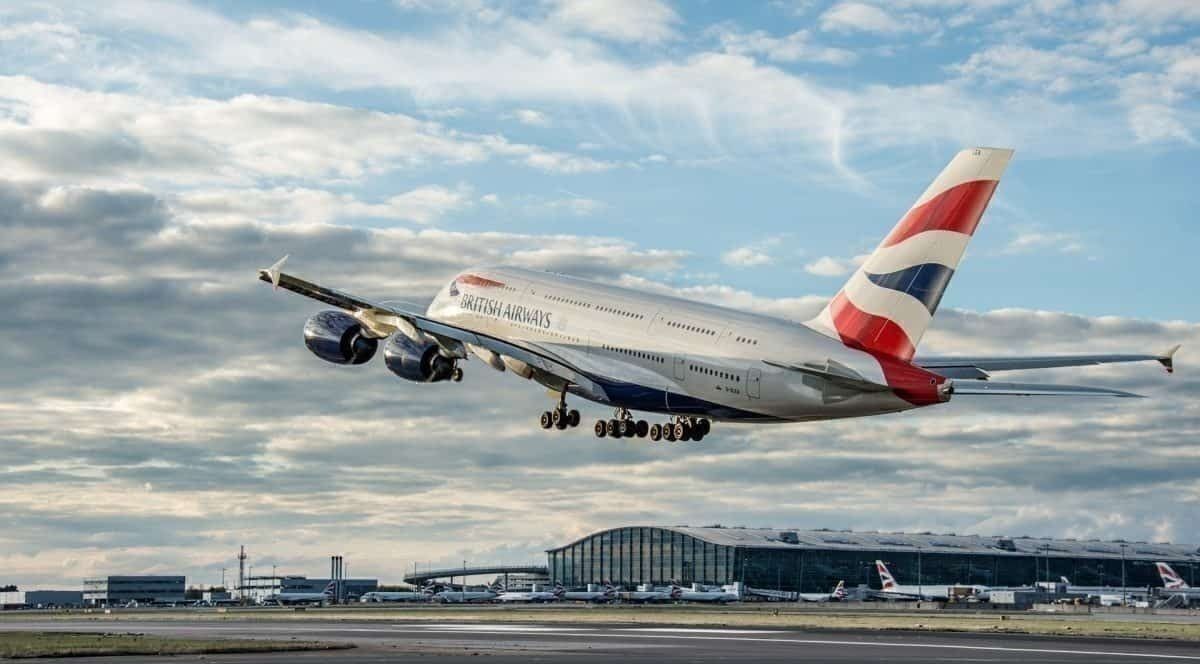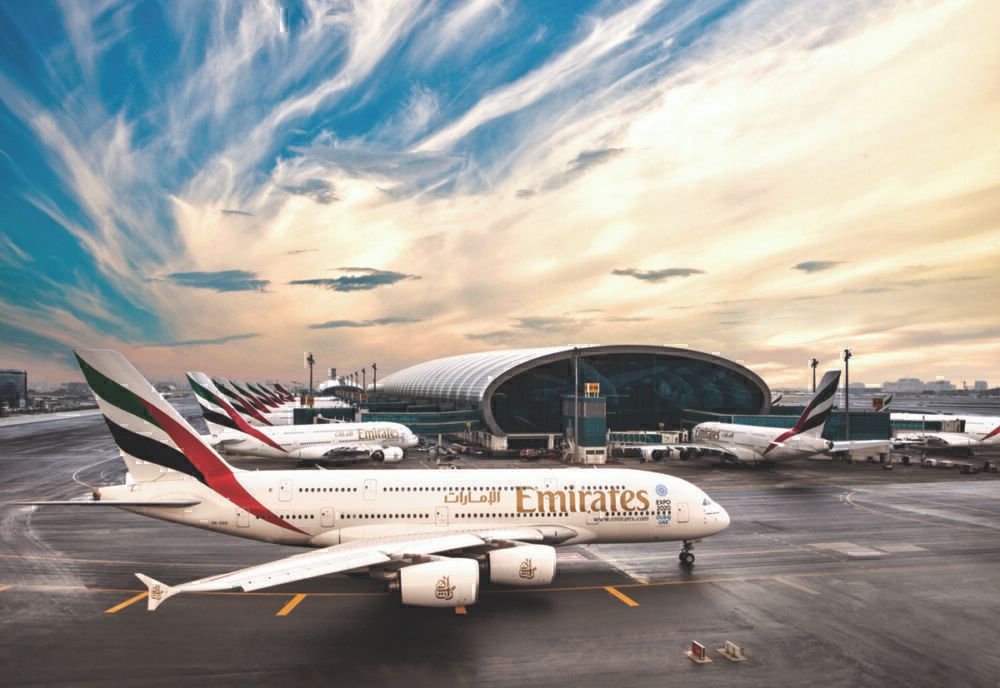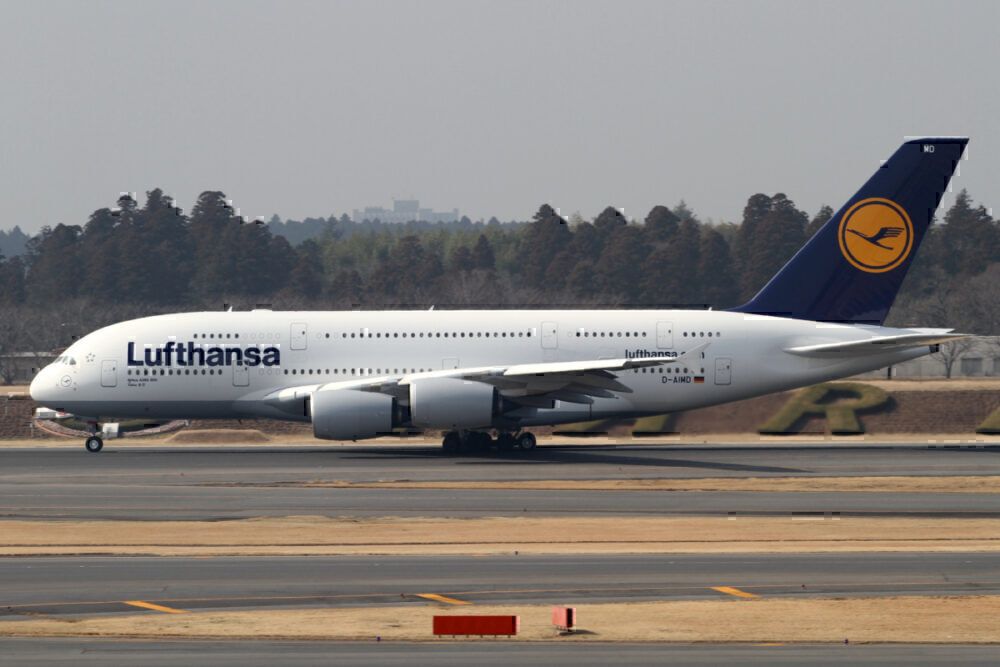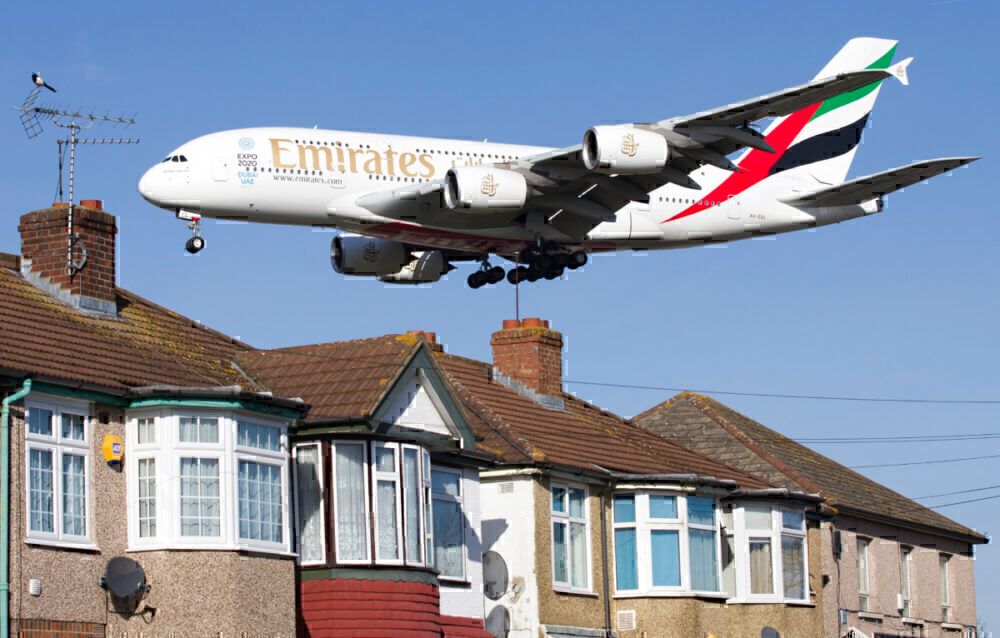The A380 was one of the first aircraft types to be grounded as a result of the COVID pandemic. It's likely to be one of the last to come back. Does the A380 still have a place in the future airline fleet mix and which airports does it still make sense at?
The demise of the superjumbo
The poor A380 has become almost symbolic of the impact of the COVID crisis. It was the first type to stop flying completely, and by all accounts, will be one of the last to come back. When the grounded planes do come back, the global fleet is going to be a whole lot smaller than it was pre-COVID.
Air France took the opportunity to shake off the giant jumbo early on in the crisis. Lufthansa is rumored to be bringing none back from storage. And Qantas has parked its fleet of superjumbos at least for several years.
Of course, some airlines are bringing them back. British Airways has begun scheduling its A380s into the winter season. Singapore, too has been selling tickets for A380 flights. And, naturally, Emirates has no choice but to press on with A380 service, given the amount it has in its fleet.
So are there still places where the A380 makes sense? Where will we likely see it operating in the future?
Stay informed: Sign up for our daily aviation news digest.
The A380s traditional role has been squeezed
The A380 played a valuable role in the fleets of many airlines for a couple of reasons. One was all about mass transit. Passengers got used to hub and spoke, and appreciated a regular service shuttling them from one place on the planet to another, even if neither the departure airport nor the destination were that convenient.
Take Emirates, for example. The airline has built almost an entire business on running Europeans and even North Americans from London to Dubai. For someone in Spain, it's easy enough to grab a flight to Heathrow and then enjoy Emirates across to the Middle East. Even if the place they wanted to end up was nowhere near Dubai, this airborne superhighway made it easy to connect east and west.
The other place the A380 made a lot of sense was at congested, slot controlled airports. Lufthansa, for example, ordered the plane mainly to connect effectively to the Far East. When the order was placed, the airline was focused on flying into airports like Tokyo Narita. But then Haneda opened up and offered more slots, more flexibility and less impetus to shuttle people on mass.
Other Far East airports like Beijing and Shanghai grew larger, removing slot constraints and similarly dampening the appetite for huge high capacity planes. Elsewhere in the world, similar things have happened, and the flying public's appetite for hub and spoke has waned. Point to point is now the thing, and with smaller, more efficient aircraft, it makes sense from an airline perspective too.
Is Heathrow the only place where the A380 makes sense?
For airlines flying out of Heathrow, there is still a capacity issue. Even now, in these turbulent times, slot waivers and the consolidation of services from other London airports to LHR leave the airport significantly oversubscribed. It was telling that British Airways scheduled the A380 on its transatlantic services this winter out of Heathrow. Whether they will go ahead or not remains to be seen, but the impetus to make the most of their available slots is still clear to see.
Having an A380 service allows airlines to consolidate two takeoffs and landings into one. That gives them another slot to open up for another route or service. At Heathrow, this is likely to remain a solid strategy going forward, at least one some routes, but does the A380 make sense anywhere else?
In truth, the hub and spoke mentality of the Middle East three isn't going anywhere. Those airlines may be diversifying slightly, with orders of smaller aircraft already in the pipeline. But for those high traffic routes into Dubai and other hubs, the A380 is likely to be sustained for some years to come.




